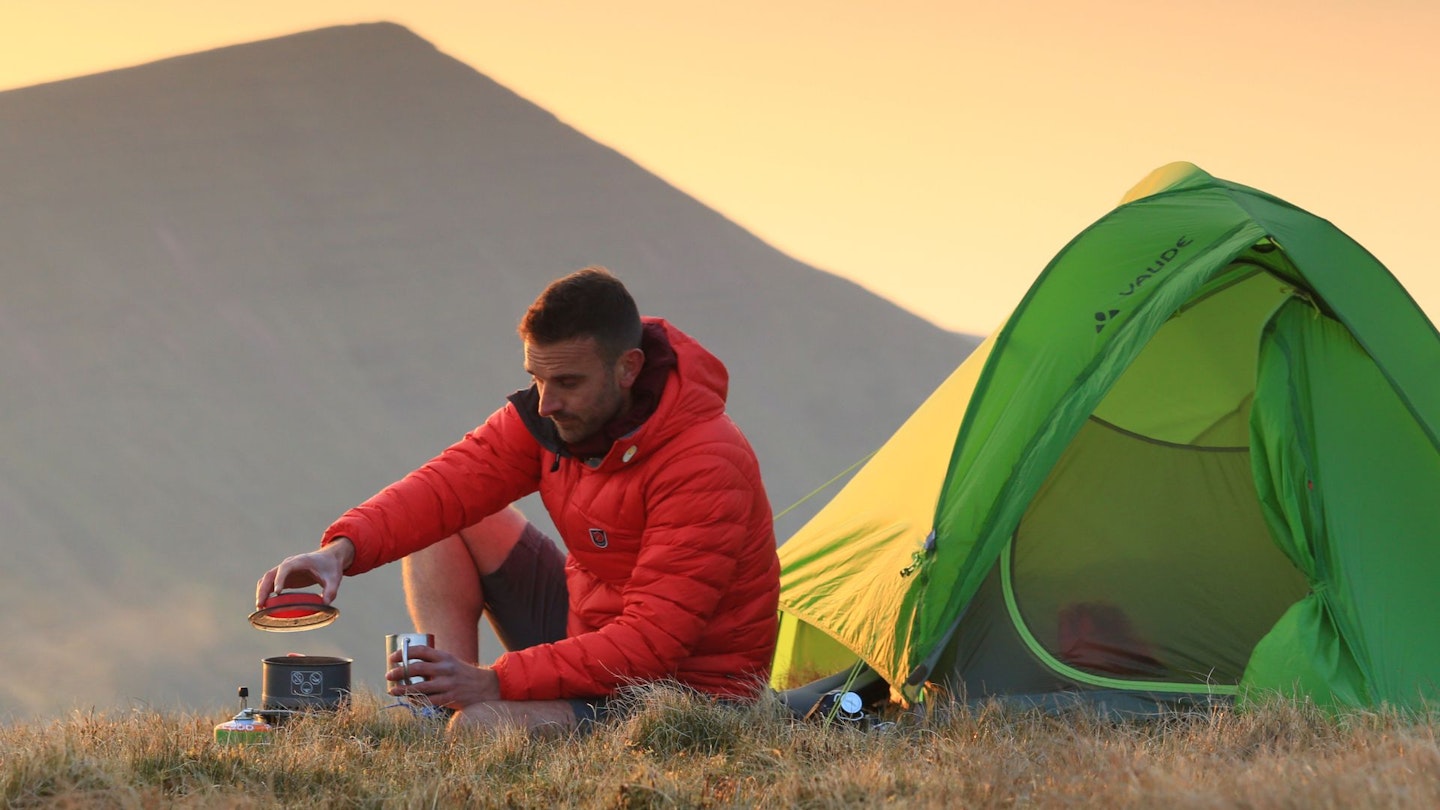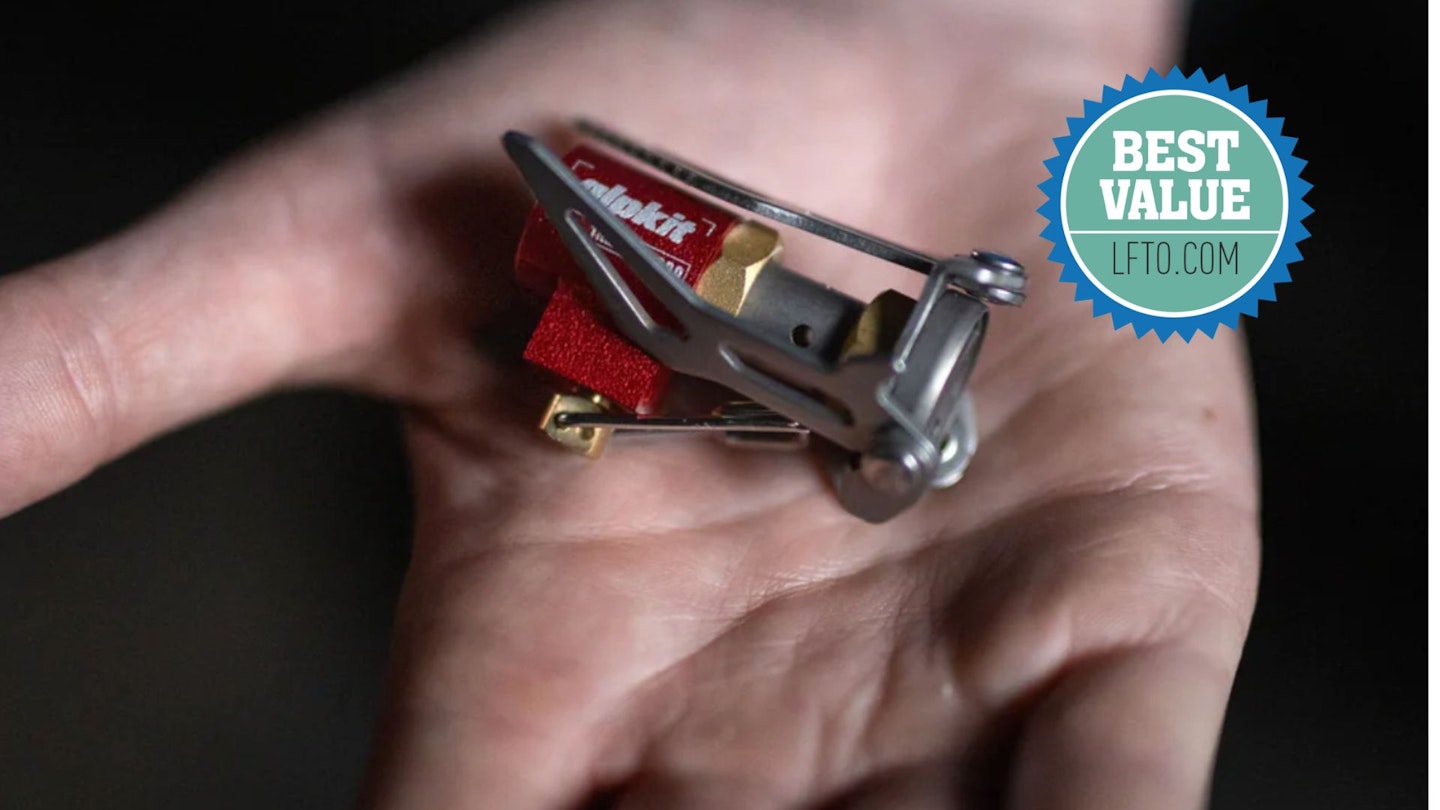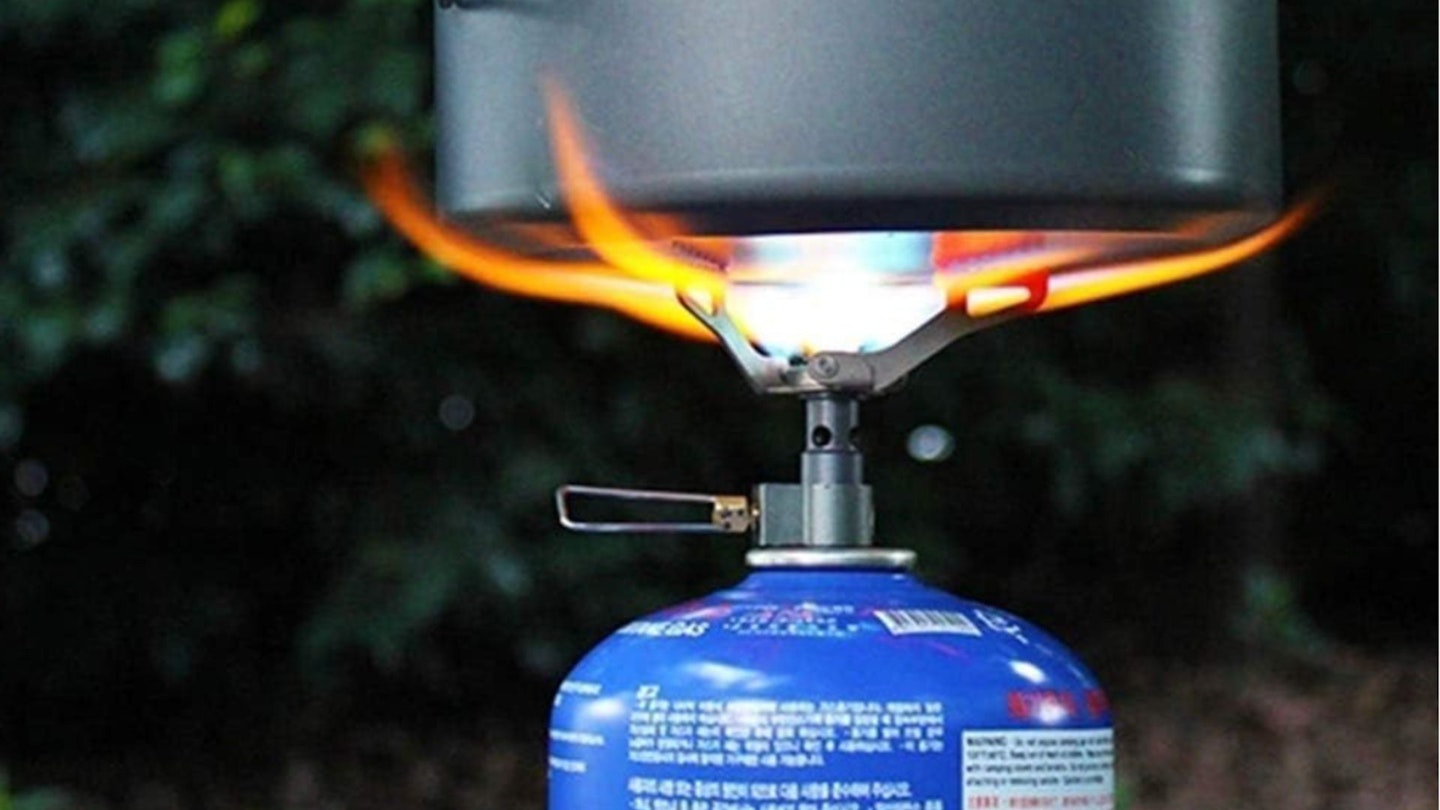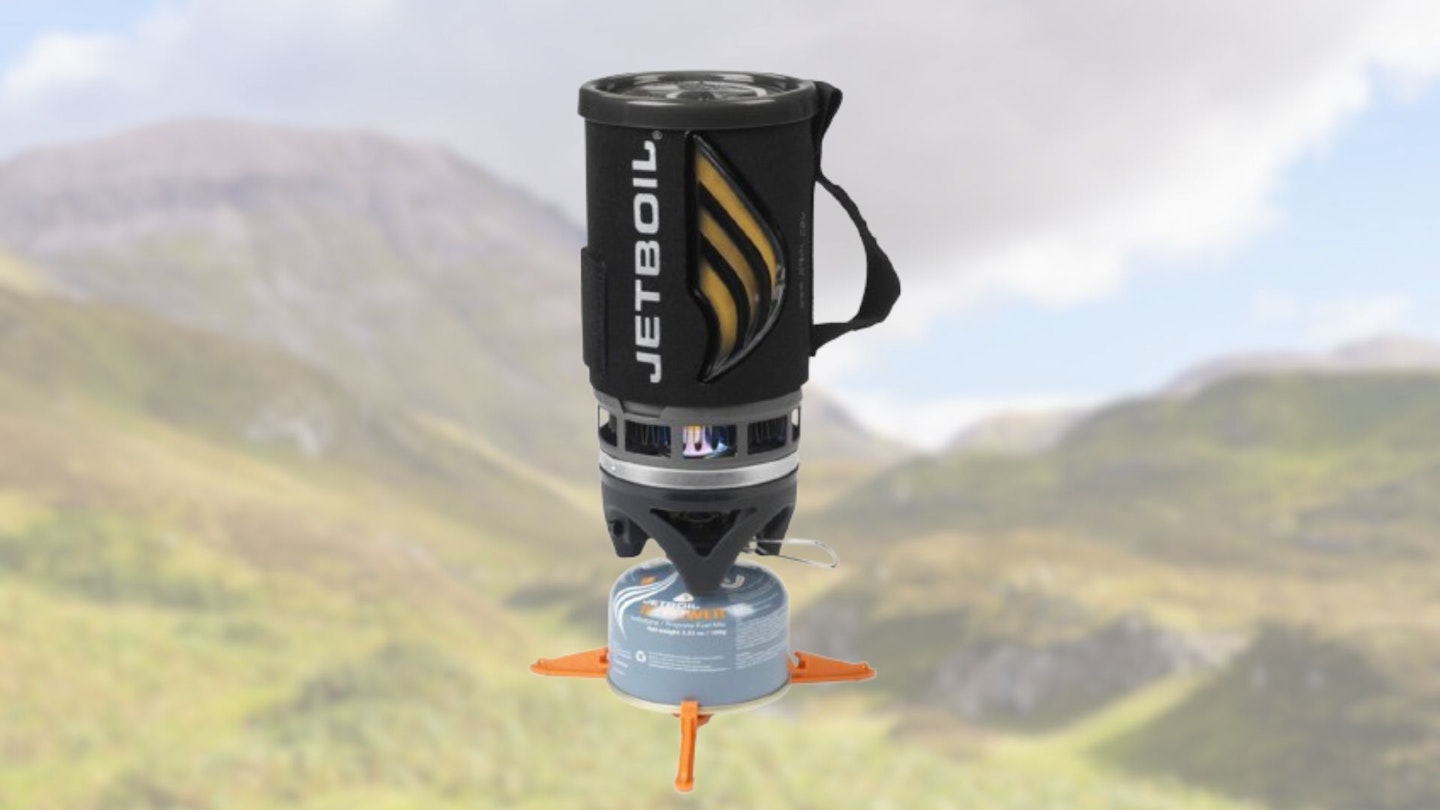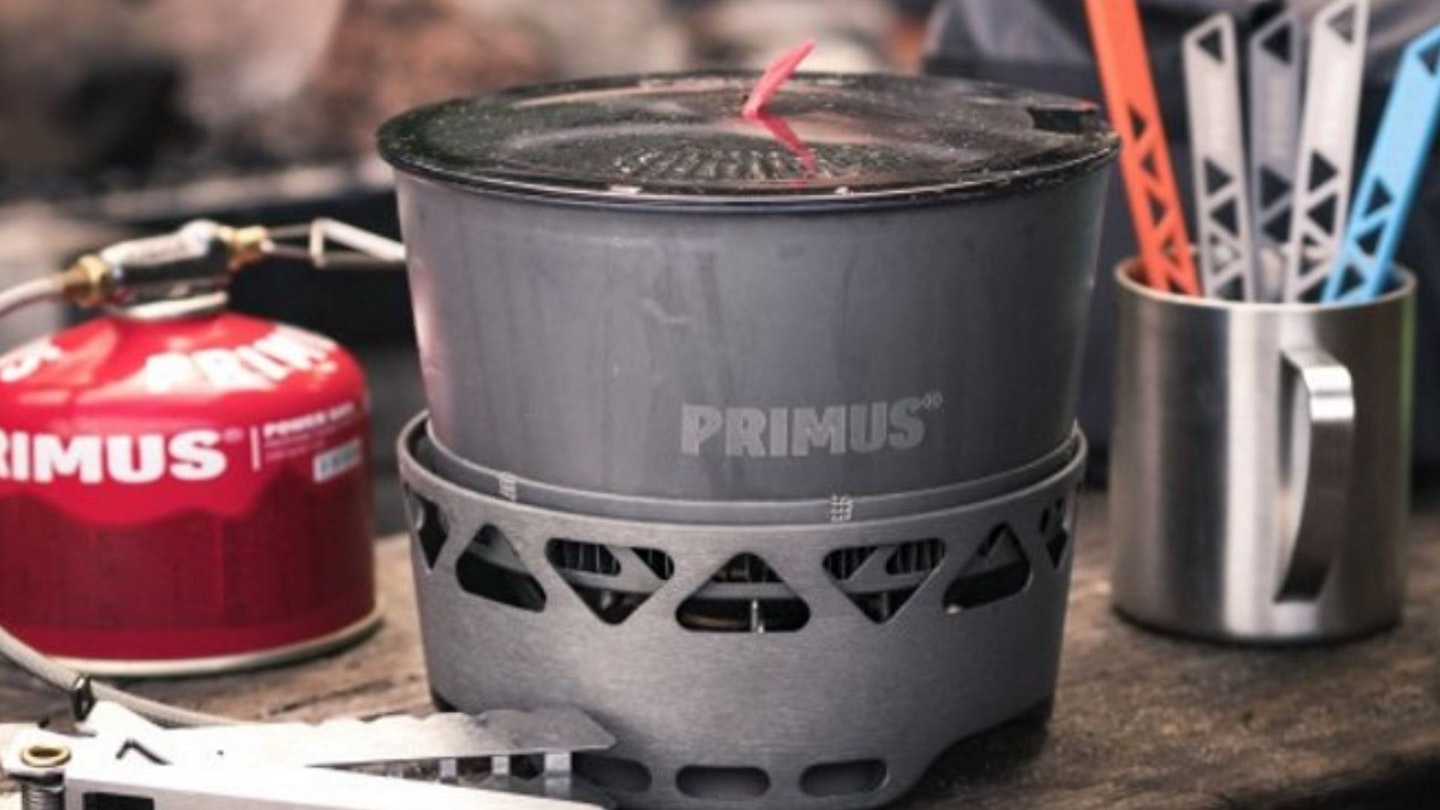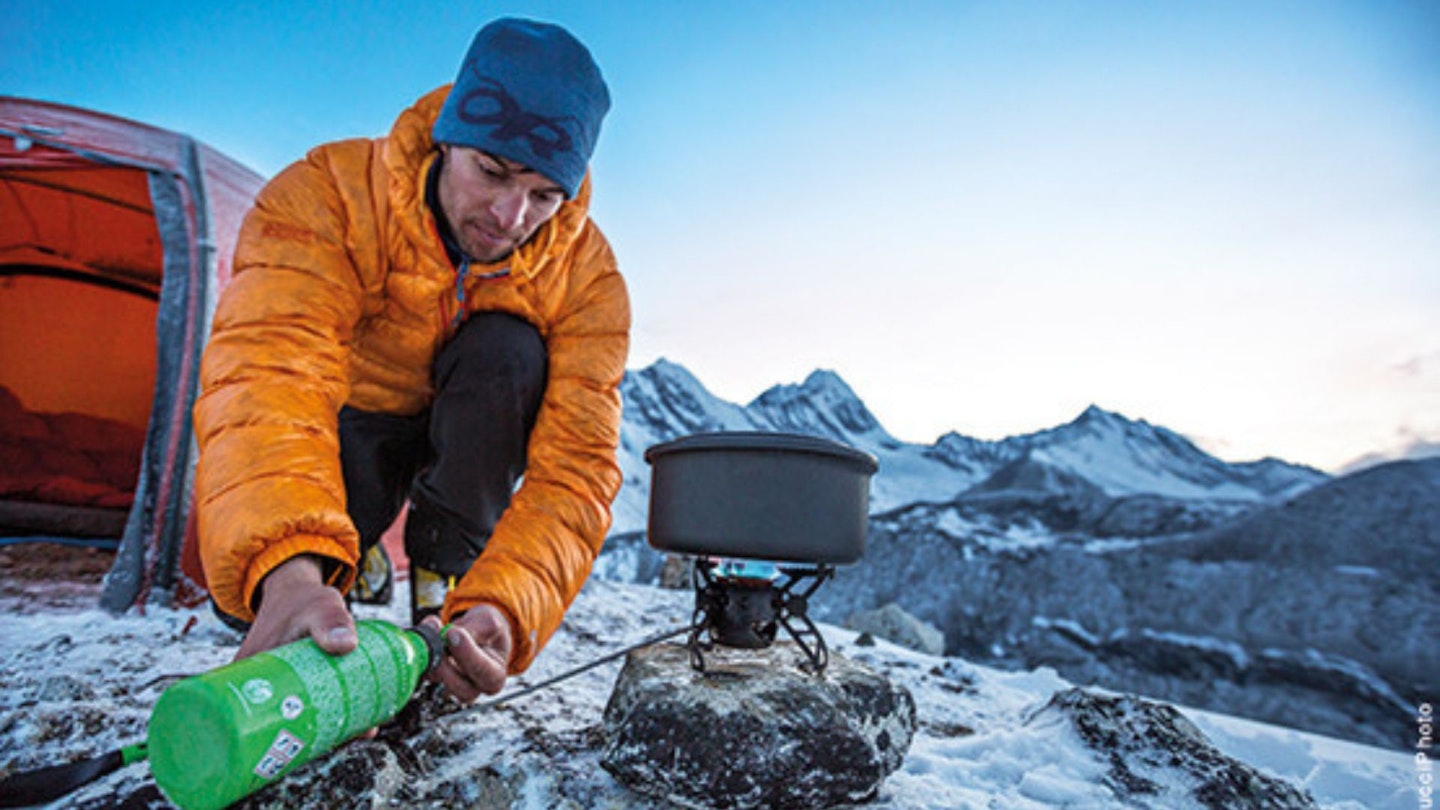The backpacking stove is a camping essential, even if you're going ultra-lightweight. There's just no fun in waking up and popping a caffeine pill instead of making a proper coffee, or being left with just cold-soaked food and bars at the end of a long day out. No matter how light your pack needs to be, we think a hot meal and drinks are a luxury worth making space for - so it's more than worth bringing a backpacking stove for even just a one-night trip. But how do you choose the best backpacking stoves?
Backpacking stoves differ from camping stoves in that they're lightweight, single burners, tend to run on small gas canisters, and fold down to pack away. When choosing a backpacking stove, you'll want to look for build quality above all else - they're so light and portable that anything that doesn't seem well made will fall apart within a few uses. Your next decision should be whether you want a stove that screws directly into the gas bottle, or whether you want one with a hose and slightly more stability on rough ground. The advantage of a sit-on-top stove is that they're lighter than the hose-style ones; the disadvantage is that your dinner might occasionally fall over. Still slightly confused?
Here's our pick of the bunch, for all budgets and applications, plus a proper guide to buying the very best for your trip.
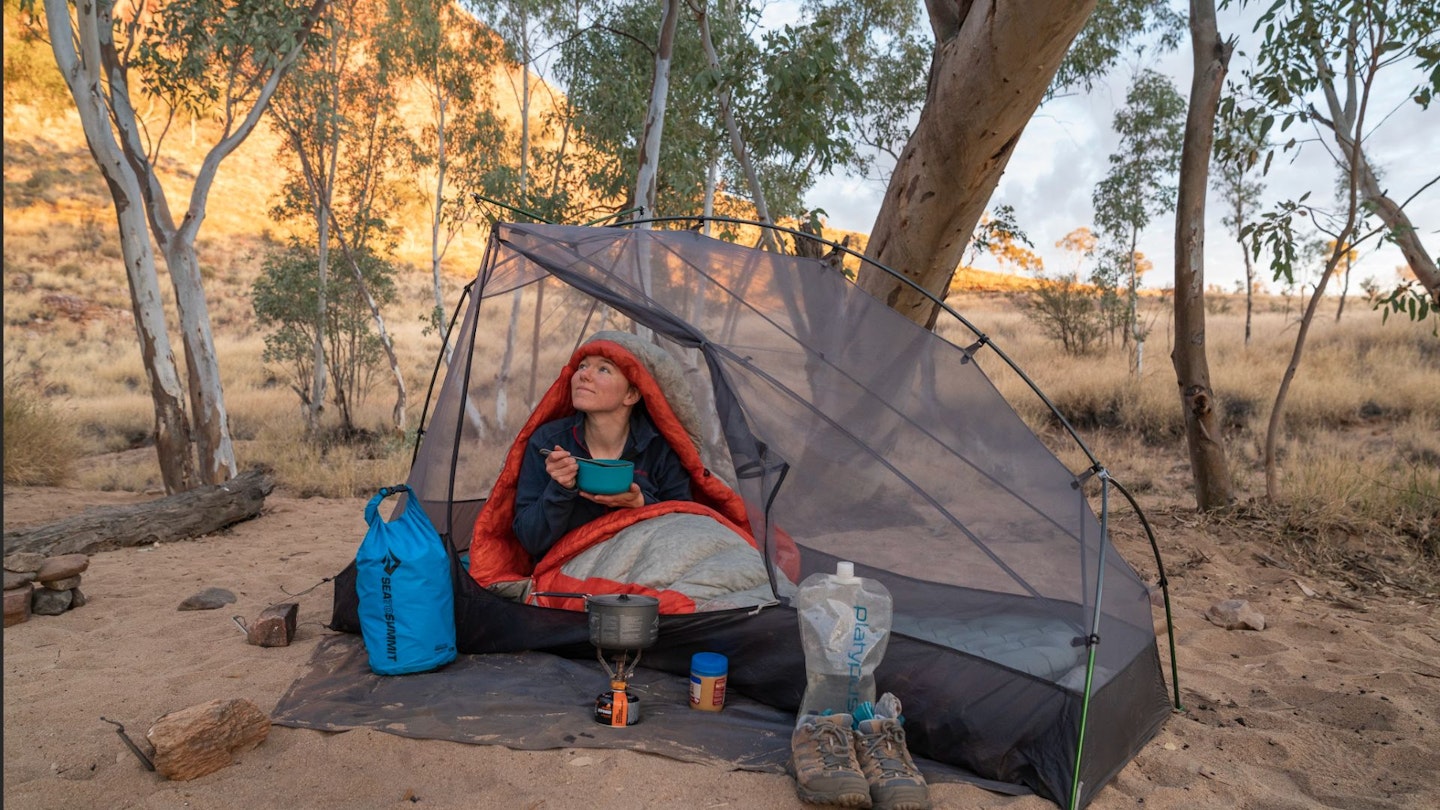
SOTO Windmaster - Best in Test
Alpkit Kraku - Best Value
Jetboil Flash 2.0 - Best for boiling water fast
Primus PrimeTech - Best for two people or group
Optimus Polaris Optifuel - Best for alternative fuels
MSR Pocket Rocket Deluxe - Excellent all-rounder
The best camping stoves
Best in Test
Description
In our comparative test of camping gas stoves, the SOTO Windmaster achieved a fast boil time of 3 minutes 50 seconds for 500ml on a January day of 2°C.
This was achieved thanks to the powerful 3260W (11,123 BTU/hr) output, wide 4.5cm burner diameter, and low profile of the support prongs keeping the pot close to the flame. Other features include piezo igniter, concave burner design with protective lip, four-pot support arms, control valve and micro regulator.
All that translates as being incredibly efficient, great at boiling water (and cooking other things) and you don't have to bring a lighter with you. In the competitive, crowded market of canister-top stoves, the Windmaster from Japanese brand SOTO stands out as being one of the best you can buy.
Pros
- Fast boiling
- Stable
- Clever design and features
- Reasonable value
Cons
- On the pricier end for a screw-on stove
- You can go even lighter
2.
Alpkit Kraku
Description
So incredibly small and lightweight that you're in danger of losing it, the 45g Kraku is the ultimate minimalist stove. It screws directly to the top of the gas canister, where it throws off a powerful flame and then, when you're done, slots easily inside the Alpkit MytiMug (or equivalent) with the canister to make a complete, very simple cooking system. You could even carry it as a backup stove.
Is it worth it over the BRS-3000T? Somewhat predictably, the Kraku feels like a higher-quality stove that will likely live a longer life. And brand recognition provides food for thought too. Alpkit is a certified B Corp company with a number of other certifications to its name and good projects on the go. The other brand…? Well, who knows.
Pros
- Very light and compact
- Ideal for minimalist trips
Cons
- You can go even cheaper if you wish
Description
Lightweight and compact with a rapid boil time, there's little to dislike about the MSR Pocket Rocket Deluxe canister-top stove (3200W). It is feature-rich, with an in-built lighter, three fold-away support prongs, valve controller, wide burner head, excellent simmer control, and concave design with protective lip, which significantly improves performance in wind.
In many ways, the Pocket Rocket Deluxe is similar to the SOTO Windmaster. Both feature a regulator – a tiny internal component which controls how much fuel pressure is fed to the stove – and their weight, burner diameter, power output, boil times in our tests, and other vital stats are very similar.
The Windmaster has four support prongs compared to MSR's three, but the MSR ones feel stronger and sturdier, so there's minimal difference in all-round stability.
Pros
- Lightweight and compact
- Great features
- Stable and reliable in the wind
Cons
- Twice the price of Alpkit Kraku
4.
BRS-3000T
Description
We first heard about the BRS-3000T in a Facebook group and were immediately intrigued to put this minuscule and stupidly cheap Chinese-manufactured stove to the test. The BRS-3000T weighs just 25g – it's a stone-cold bargain and weight-saving revelation.
Performance isn't exceptionally powerful or speedy, but who cares at this price? Ultimately this toy-sized stove works perfectly fine, screwing easily atop a canister and holding your pot in place via serrated support arms. It's also worth taking as a brilliant backup stove on longer expeditions in case something happens to your main one. At 25g, that's the same as a Daim bar, and about half the weight of a kit kat chunky.
Pros
- Very affordable
- Very lightweight
- Reliable
Cons
- Slower to boil than the others here
Description
The Flash 2.0 is a fast and extremely popular stove that's ideal if you only need to boil water. You'll see it all the time for one-night wild camps, and they're great to bring to make coffee after a swim. However, if you're really shaving weight, it's not suitable to take on ultra-light camping expeditions because it clocks in at a relatively heavy 400g. But when weight isn't a priority and just getting fuel down you is, this is the stove to grab.
It's the Ferrari of gas stoves – seriously powerful with top-of-the-range tech and a cool, heat sensitive design: the flames on the side of the pot turn orange when the water has boiled. Speaking of boiling, this is what the Jetboil (surprise surprise) is really good at. It can boil 500ml of water in 100 seconds, which means you get your spag bol/soup/hot chocolate/ morning brew as fast as possible. That's a big bonus when you're sleeping on a rainy mountainside.
Pros
- Very fast boiling
- Easy to use
- Great for drinks and add-water meals
Cons
- Not ideal for ultra-light trips
Description
If you want the efficiency of a PCS (personal cooking system) but with the ability to do more with it – including cooking for more than one person – an all-in-one set like the PrimeTech from Primus is the way to go. The PrimeTech even works well as a campsite stove if you're going for a smaller setup.
Like a PCS such as a jetboil, the burner and pots are designed to work together, with a heat exchange on the underside of the pot and a dedicated windshield. The burner has the advantage of being mounted off-canister, making it more stable and wind protectable. We like the control you get with the Primus PrimeTech, and especially enjoy using the pot, which boils water in no time due to its innovative heat distribution system.
This 1.3-litre kit works for 1-3 people, while the 2.3-litre version can feed 2-5 people.
Pros
- Efficient
- Great group kitchen
- Stable
Cons
- Too bulky for a solo hiker
- Expensive
Best for alternative fuels
Description
There are occasions where being able to make use of alternative fuels is an advantage. Global travellers may find it easier to source petrol or diesel than a specific gas canister, and in cold climates, white gas or jet fuel may be more reliable than pressurised liquid gas.
The Optimus Polaris Optifuel stove can be used with all these fuels (this version is supplied with a fuel bottle), along with regular gas canisters and other options. And, unlike other multi-fuel stoves, there's no need for fiddly nozzle replacements before changing fuels.
Oh, the price? That's what you get for a stove which is quite literally bombproof, works in all altitudes, is ludicrously cheap to run, packs down pretty small and light, and will last a lifetime if used correctly. Just make sure to use it correctly - if you're buying your first ever backpacking stove, petrol ones are best to avoid as a beginner.
Pros
- Can use multiple fuel types
- Powerful output
- Indestructible
- No need to change nozzle with each fuel
Cons
- Relatively heavy and bulky
- Exepensive
What to look for in a camping stove
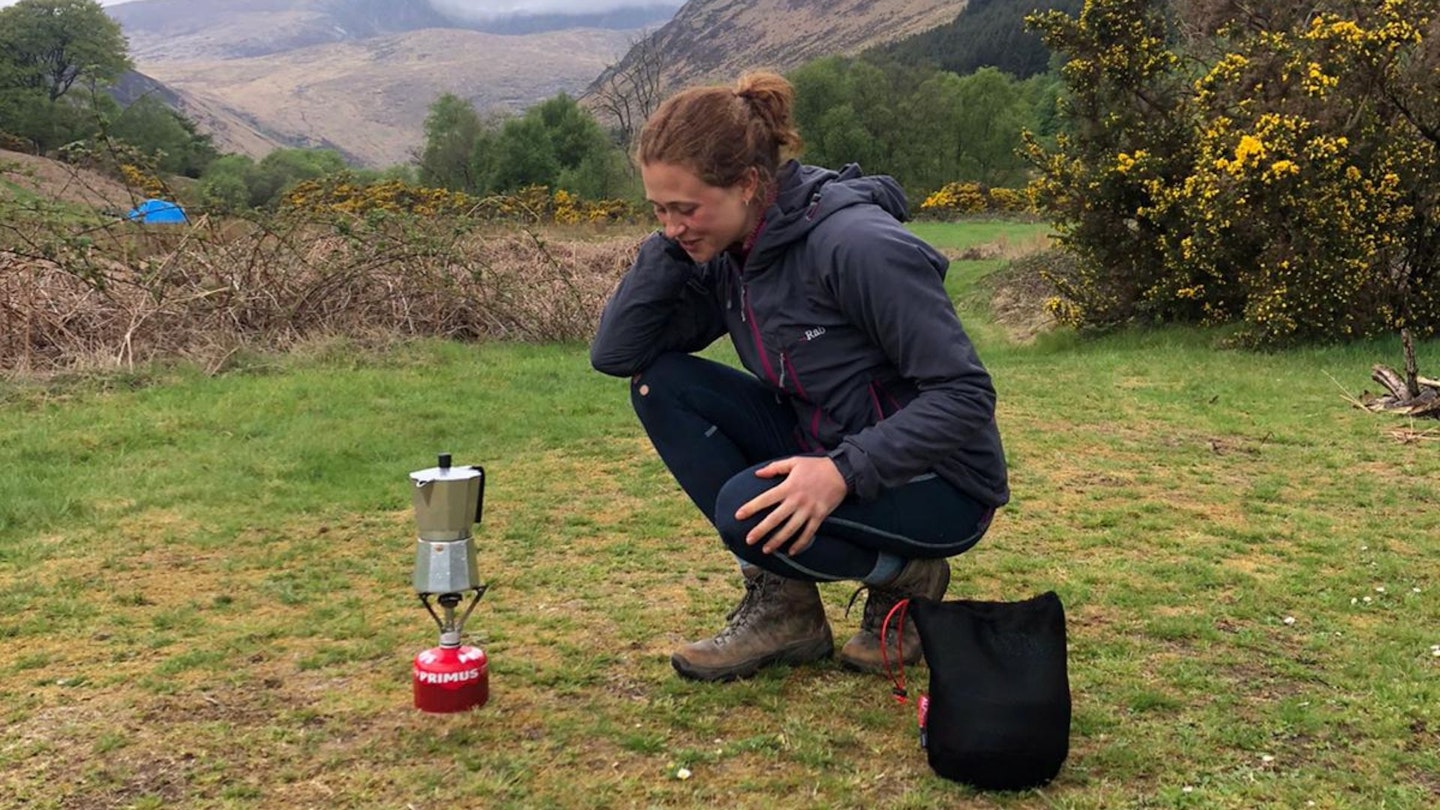
Choosing the right camping stove for you requires a little bit of research and know-how, but in general you'll need to look at size and weight (how heavy it is and whether it packs down small enough), plus things like fuel efficiency and availability, in addition to good ol' price.
Size and weight
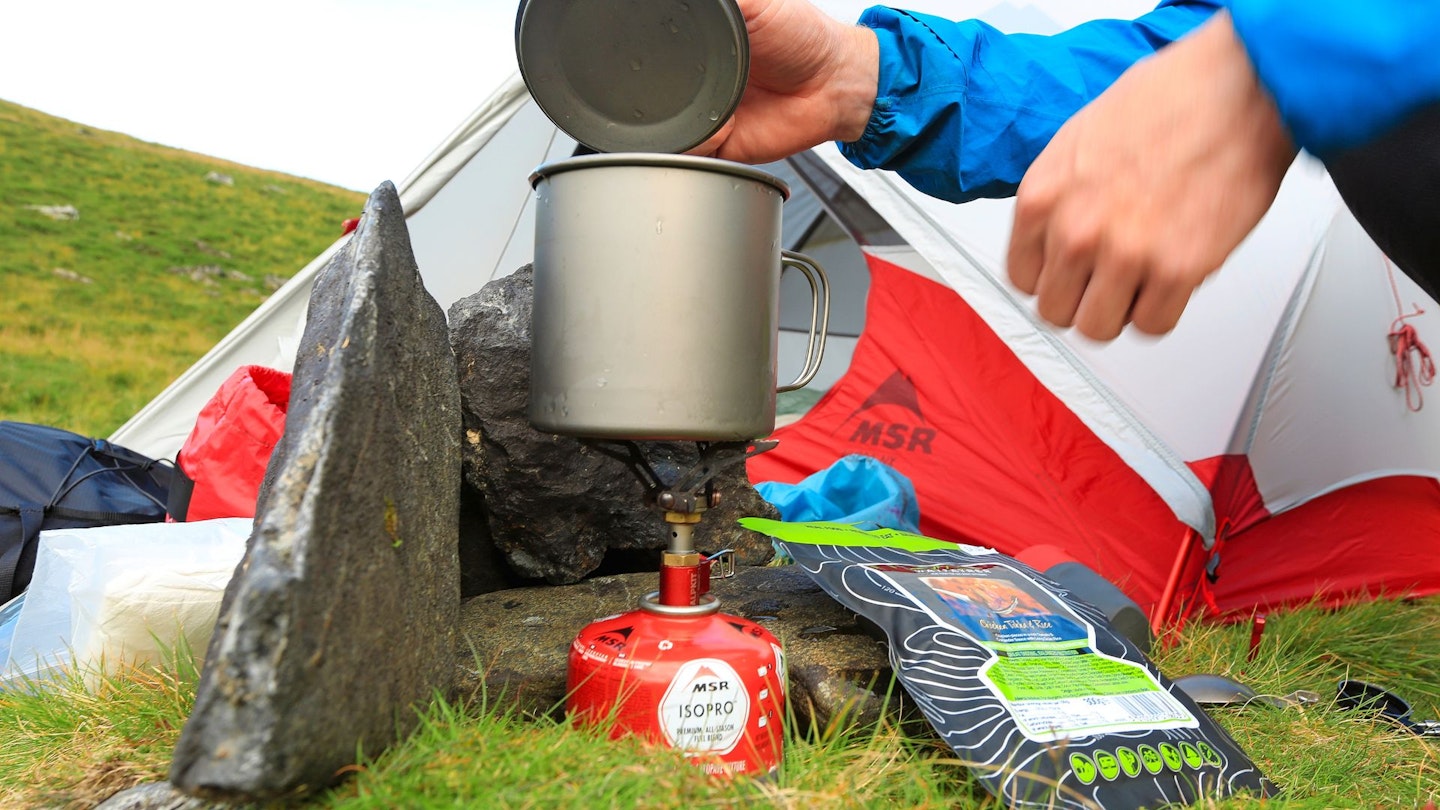
Match the stove to how you're packing. Going super lightweight? Take the smallest possible gas canister, a titanium mug and either the BRS-3000T or the Alpkit Kraku. Otherwise, something like the Jetboil Flash 2.0 offers super performance for a bit more bulk - but only for boiling water. If you're away for longer and need to cook larger meals on ore variable surfaces, the Primus Primetech or a Vango folding gas stove are both good bets.
If you're more likely to be hanging out at a campsite and won't need to pack a stove, consider choosing one of our best camping stoves. they're bigger, bulkier and more likely to produce properly nice home-cooked food: a blessing after a long day in the mountains.
Stability

If you're an avid trekker, you'll want a stove that is stable and still works well in windy conditions. Four, rather than three prongs aid stability for a screw-on stove, but the best option is when the burner is either mounted off the canister, or the burner is stabilised. These types of stove tend to be slightly heavier and bulkier but the moment all your dinner tips over onto the floor when using a canister mounted stove, you might be glad to have carried a little more in the way of weight.
Efficiency
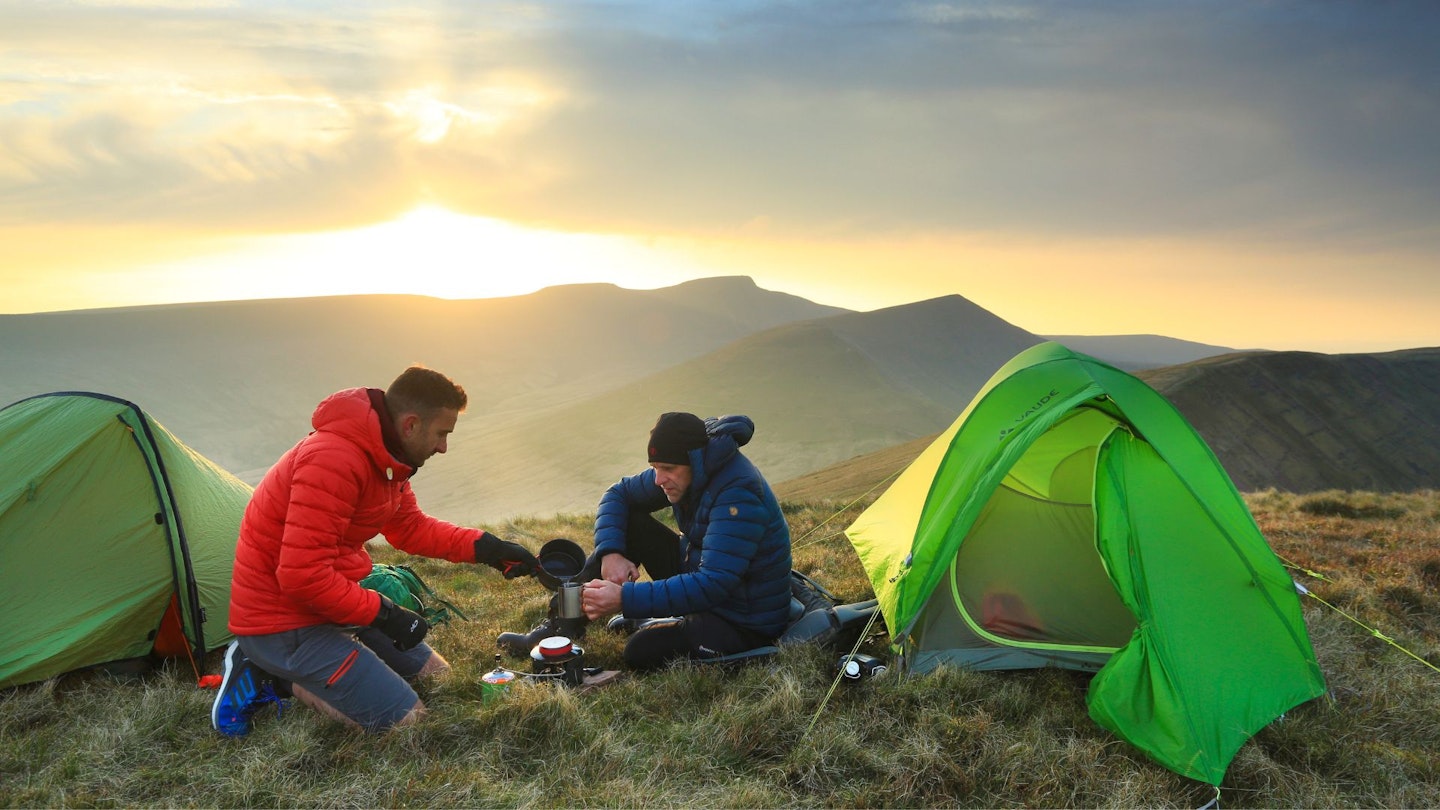
Personal cooking systems (PCS) such as Jetboils have the best efficiency due to their integrated design. But they tend to be more bulky than the 'classic' stoves and aren't as versatile when it comes to cooking full meals, especially for a group. If you're only looking to boil water for coffee or freeze-dried meals, a PCS could be the way to go - but if you want to do thing like cook pasta, fry onions, or cook fish you've just caught, then a classic stove is a better bet.
Price
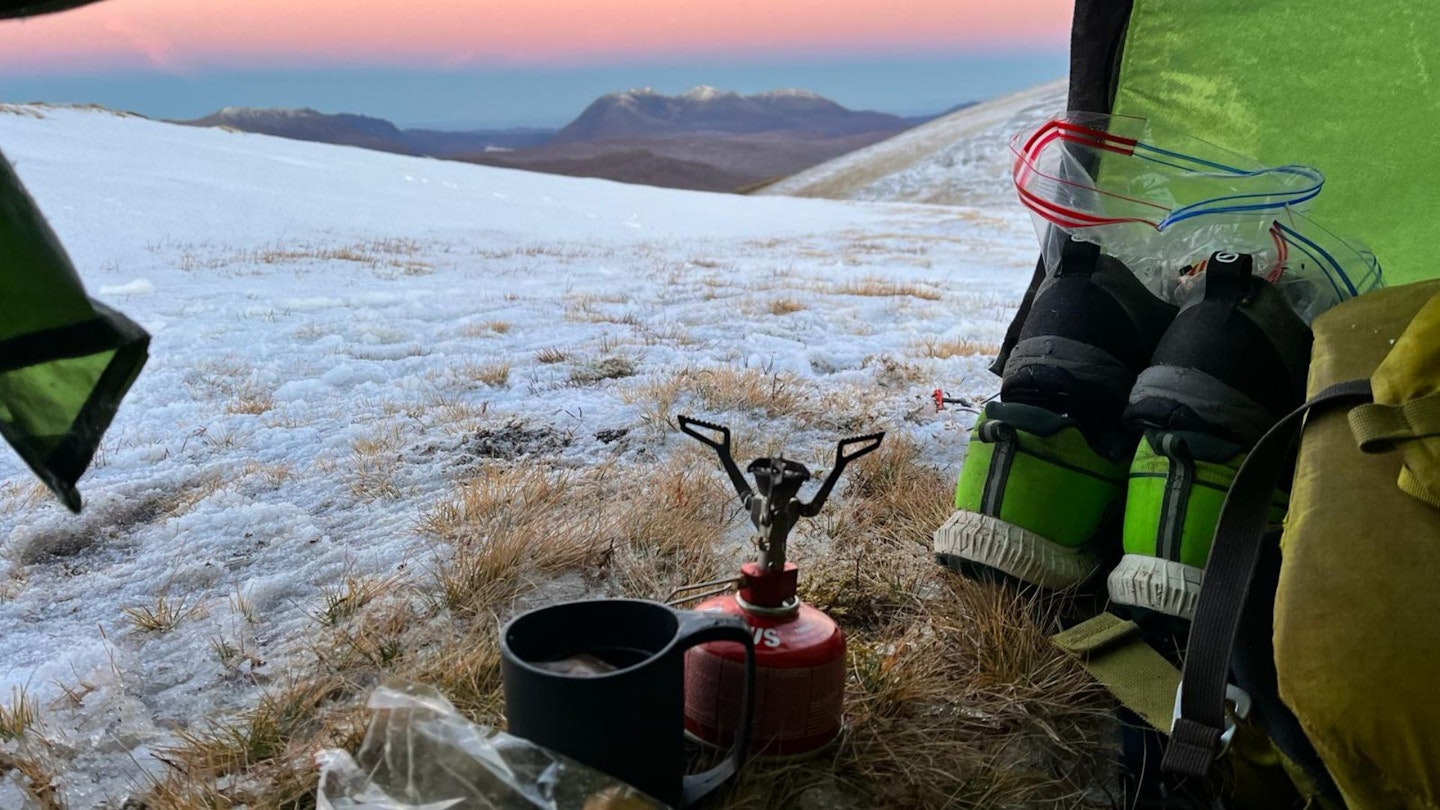
There is an enormous range of prices for camping stoves. If the stove is only going to be used occasionally, stick with something simple, reliable and under £50. For keen hikers, you might find investing in something with better performance worth your while, especially if you're going to be using it at higher altitudes or in colder conditions.
Fuel
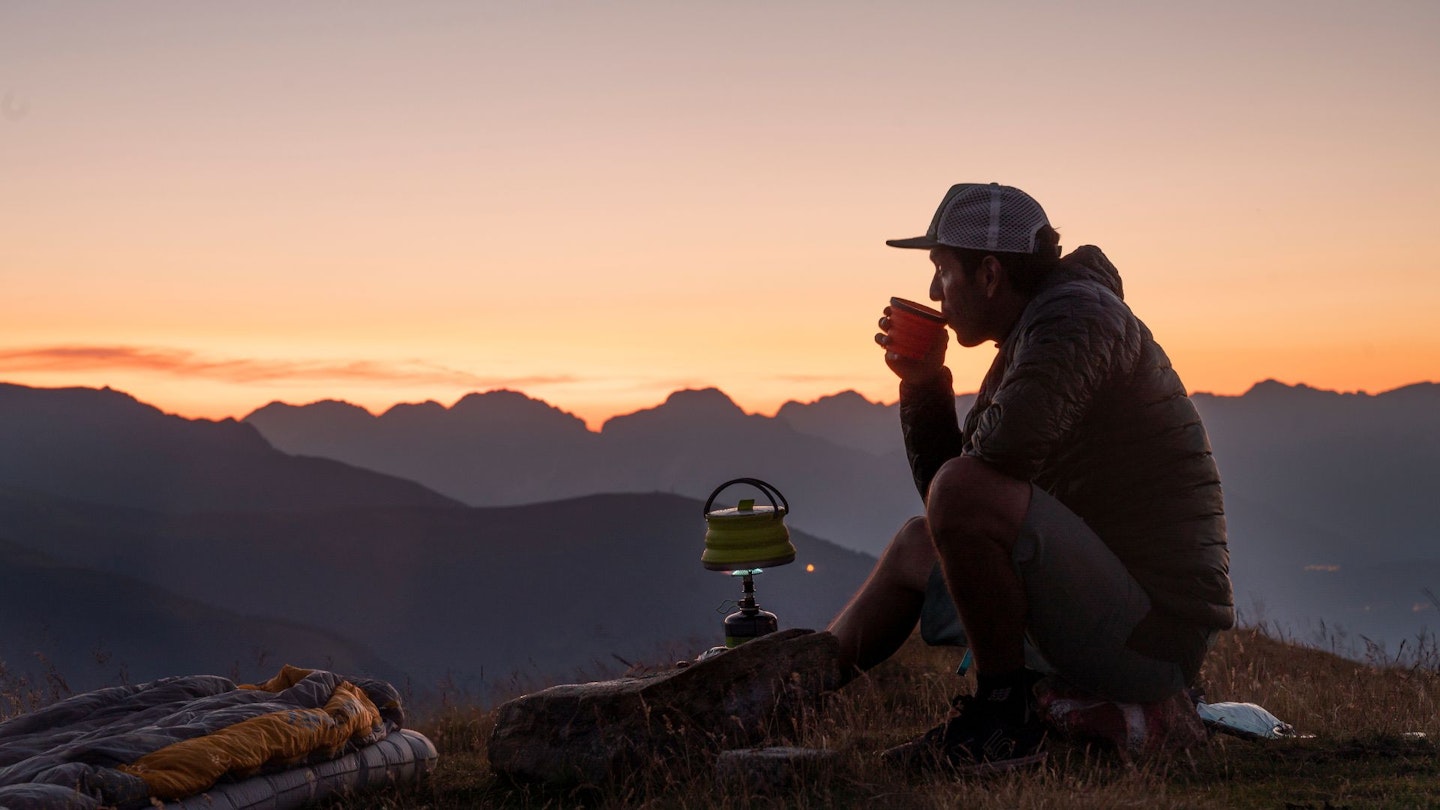
In most cases, standard butane/isobutane/propane gas canisters are suitable. But sometimes, sourcing petroleum or meth is easier in remote parts of the world. In these circumstances, alternative/multi-fuel stoves are a good option. Meths camping stoves tend to be pretty bombproof too, but do take longer to boil water and have less control for cooking.
Gas: butane or propane?

Butane and propane are both forms of LPG - liquid petroleum gas. Propane burns better at lower temperatures, but is more pressurised and often difficult to transport - you’ll see large, red pure propane bottles used outside for alpine huts, or as a fuel source for off-grid houses.
Butane is a much more common fuel for camping: anytime you see a blue bottle, that’s butane. Due to having a much higher boiling point than propane, it’s less pressurised, meaning it’s easier to transport and use without specialist regulators. It doesn’t burn quite as hot as propane and it doesn’t perform as well for colder trips, but for most people’s summer campsite experiences, butane will be the right choice.
However, some camping gas bottles - namely the smaller, more expensive ones you see for backpacking - have a mix of propane and butan
How we tested
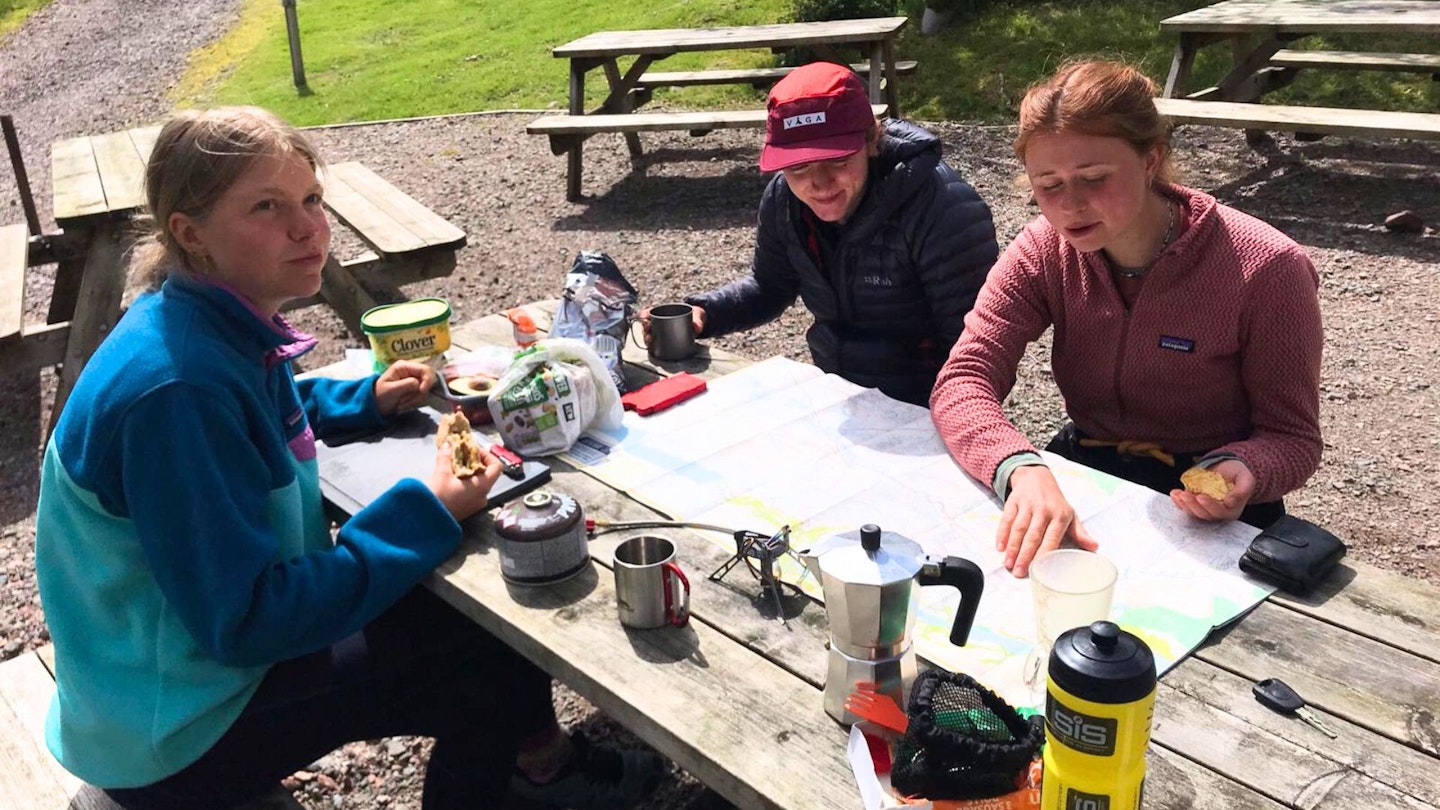
These stoves have been tested by the staff at Trail magazine and their freelance friends for a number of years - bringing you only the best recommendations from real-life use. The article was compiled by LFTO writer Fliss Freeborn, who has used and abused backpacking stoves for a good decade - often producing haute cuisine in the middle of nowhere, with just a pan, a stove and a freshly caught fish.
